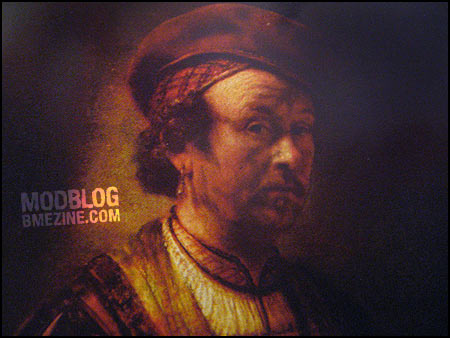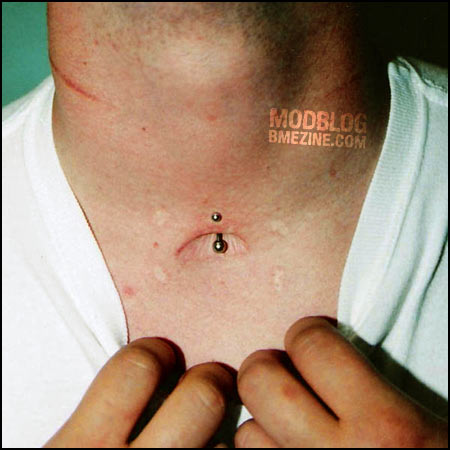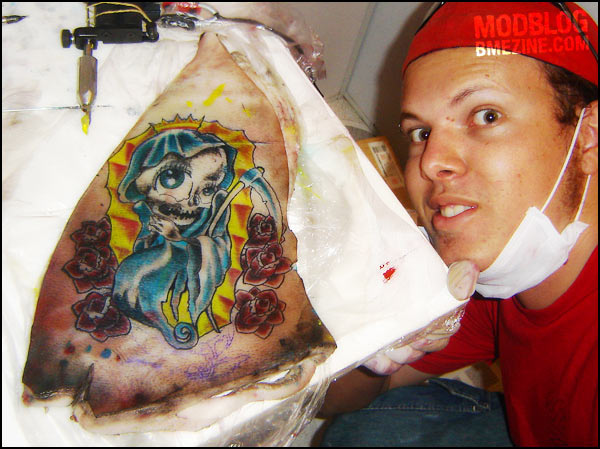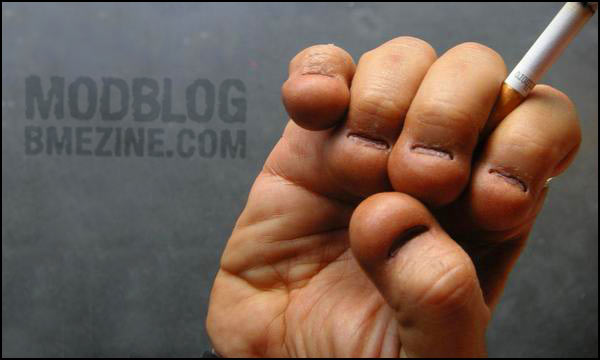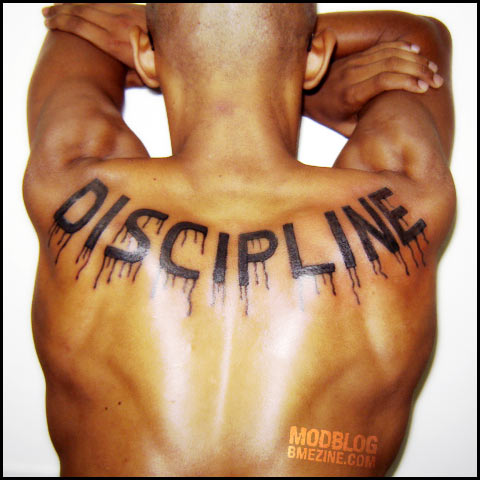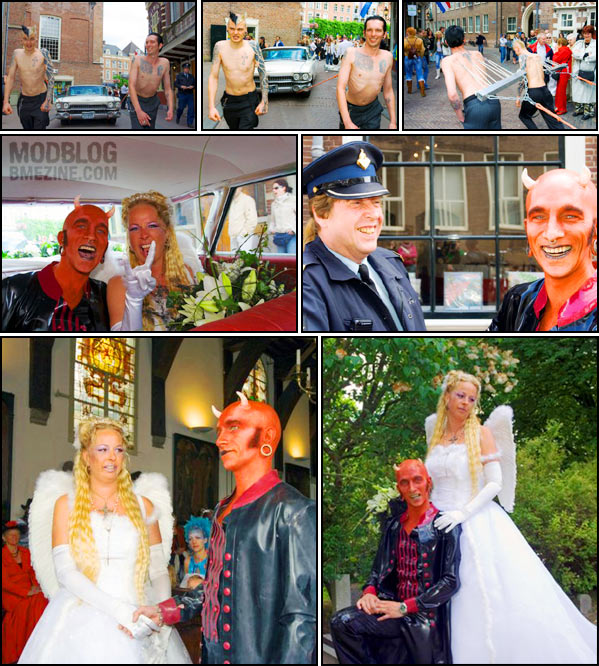In this history series I’ve mostly been covering tattoo stories (in part because they’re easy to find because the basic language hasn’t changed), but I’ll try and include some piercing and other body modification themes as well in these history pieces. I’ll start with this story from the Stevens Point Daily Journal, published December 5, 1904.
In Obedience to a Notion That Piercing of the Ears Was Good for the Eyes.
The Mohammedans [this is an archaic term for Muslims -ed.] have a curious legend to account for the beginning of the custom of wearing earrings. They say that Sarah, being jealous of Hagar, vowed that she would not rest until she had imbrued her hands in the blood of her bondmaid. Abraham quickly pierced Hagar’s ear and drew a ring through it, so Sarah was able to fulfil her rash vow without danger to the bondmaid’s life.
From that time on, they say, states the London Globe, it becomes customary for women to wear earrings. The story of Rebekah’s earrings is only one of many early Biblical allusions to the ornament. When Aaron made the golden calm, it will be remembered, he called upon the Israelites to “break off the golden earrings, which are in the ears of your wives, of your sons and of your daughters, and bring them unto me.” And out of these and other golden ornaments the calm was made. From this it is plain that earrings were worn by the Hebrews without regard to sex or age.
In our own country the familiar ornaments have been worn for many centuries, and not by women only. Charles I., it is said, wore pearl earrings of considerable value, and the day before his execution took one from his ear and gave it to Bishop Juxon for transmission to his daughter, the princess royal. Rabelais tells us that it was in his day — the era of our Henry VII — that men in France first began to wear earrings. It is worth noting that at least one existing portrait of Shakespeare represents him as wearing such an ornament. This is at Wentworth Park, Yorkshire, and shows the poet with mustache and beard, and an earring in his left ear. Lord Sherborne possess at Sherborne house, near the old world town of Northbeach, a portrait of one Thomas Dutton, a sixteenth century worthy, who is represented, says his lordship, “in the prime of life, and wearing a remarkably fine pearl in his left ear. The right ear is not shown, but presumably he wore a corresponding earring in it.”
Nowadays, in the country, few men wear them, save some sailors and fishermen and navvies. Among southern peoples their use by both sexes is more common and often begins at an early age. In Spain babies’ ears are bored soon after birth. The family doctor performs the operation and inserts a gold ear wire. Boys wear these ear wires till they attain manhood, when the wires are removed. The idea is that the procedure has a most beneficial influence on the eyes.
A Spanish lady writes: “Ophthalmia and scrofula are very rare in Spain, and the natives maintain that freedom therefrom is owing to ear-piercing.” In Portugal and Italy, and very frequently France, children usually have their ears pierced at an early age. Many men in the south retain their earrings after reaching manhood. Cardinal Mezofanti, famous as for his powers as a linguist, is said by his biographer to have worm them from infancy as a preventive against and affection of the eyes to which he had been subject.
The popular notion that piercing the ear exercises a beneficial influence upon the optic nerve is very widespread. An English traveler of little more than a century ago noticed that men in Vienna wore earrings, and was told they were worn a good deal for the eyes — “the hole in the ear and the weight of the earring drawing any humor in the eyes to those parts” — which is hardly scientific. Village folk in England believe in the good effect of ear piercing on the eyes just as firmly as their like in Italy and elsewhere abroad. In fact, in some places ear piercing is regarded by the rustics as a remedy for many troubles. At the other side of the world boys have their ears pierced from a different motive. A writer on Chinese superstitions says that that John Chinaman pierces his little boy’s ears and makes him wear earrings, for if an evil spirit happens to see him he will mistake him for a girl and will not take the trouble to carry him away.
Hey, sometimes the trend is powered by fashion, sometimes it’s powered by folk medicine notions! I wish I could dig up more information on Western piercing trends of the past — I have minor documentation of them, but because the majority predate the newspaper archives I can search (and the terms used to describe piercing are less obvious searches), it’s quite difficult.
